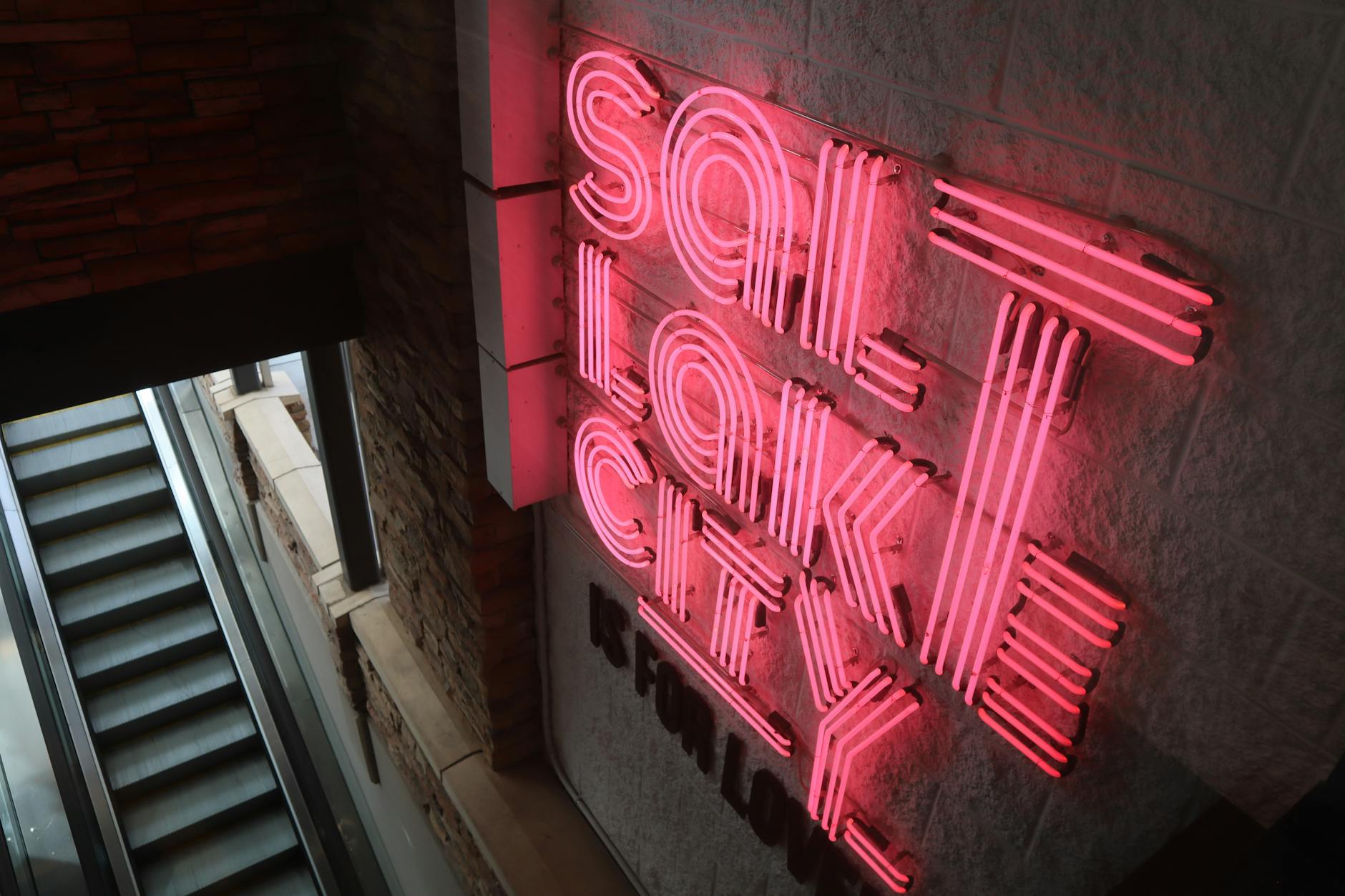As urban areas continue to grow and evolve, the search for efficient and sustainable lighting solutions has brought LED technology to the forefront, illuminating the future of our cities with its myriad of benefits. LED lighting is not only energy-efficient but also plays a pivotal role in making our cities smarter and safer. In this post, we explore the transformative impact of LED lighting on urban landscapes.
Energy Efficiency and Cost Savings
LED lighting stands out for its ability to use energy more efficiently compared to traditional lighting systems. This not only leads to significant cost savings for municipal budgets but also reduces the environmental footprint of cities. LED lights consume up to 75% less energy and last 25 times longer than incandescent lighting, affirming their role in sustainable urban development.

Enhanced Public Safety
The deployment of LED lighting in public spaces has been linked to improved safety. Well-lit streets and walkways discourage crime and enhance the visibility of pedestrians, thereby reducing accidents and making it safer for residents to navigate the city after dark.
Smart City Integration
LED lighting systems are inherently compatible with smart city technology. These lights can be connected to sensors and IoT (Internet of Things) devices to create adaptive lighting systems that adjust brightness based on presence or time of day, saving even more energy and providing data for urban planning.

Environmental Impact
In addition to energy savings, LED lights contribute to urban sustainability efforts by reducing light pollution and lowering carbon dioxide emissions. This aligns with global goals for more eco-friendly cities.
Economic Development
Bright, well-lit areas are more inviting, encouraging higher foot traffic and extending business hours. This can stimulate economic growth in city centers and commercial districts, benefiting local businesses and the community at large.
Aesthetics and Design Flexibility
LED technology offers unprecedented control over lighting design, enabling cities to enhance architectural features and landmarks with precision lighting that can change colors and patterns, creating vibrant public spaces.
Challenges and Considerations
The shift to LED lighting does involve some challenges, including upfront costs and the need for strategic planning to maximize benefits. However, the long-term savings and advantages often outweigh these initial hurdles.
In conclusion, LED lighting represents a cornerstone of smart urban development, driving energy efficiency, safety, and sustainability. As cities continue to adopt this technology, we can expect to see more vibrant, liveable, and resilient urban environments emerge.
Frequently Asked Questions
How does LED lighting save energy? LED lights are more energy-efficient because they use a semiconductor to convert electricity directly into light, reducing energy consumption significantly compared to traditional incandescent and fluorescent lights.
Can LED lights improve public safety? Yes, numerous studies have shown that well-lit areas using LED lighting can deter crime and reduce accident rates, making public spaces safer for everyone.
What are smart city integrations? Smart city integrations refer to the use of technology and data-driven solutions, such as adaptive LED lighting systems, to enhance city operations, improve public services, and make cities more sustainable.
Are there any environmental benefits to switching to LED lighting? Beyond energy savings, LED lighting contributes to reducing carbon emissions and light pollution, supporting efforts to create more environmentally friendly urban spaces.
What challenges are associated with transitioning to LED lighting? The initial investment and the need for careful planning and implementation are among the challenges cities may face when adopting LED technology. However, the long-term benefits often justify these efforts.





